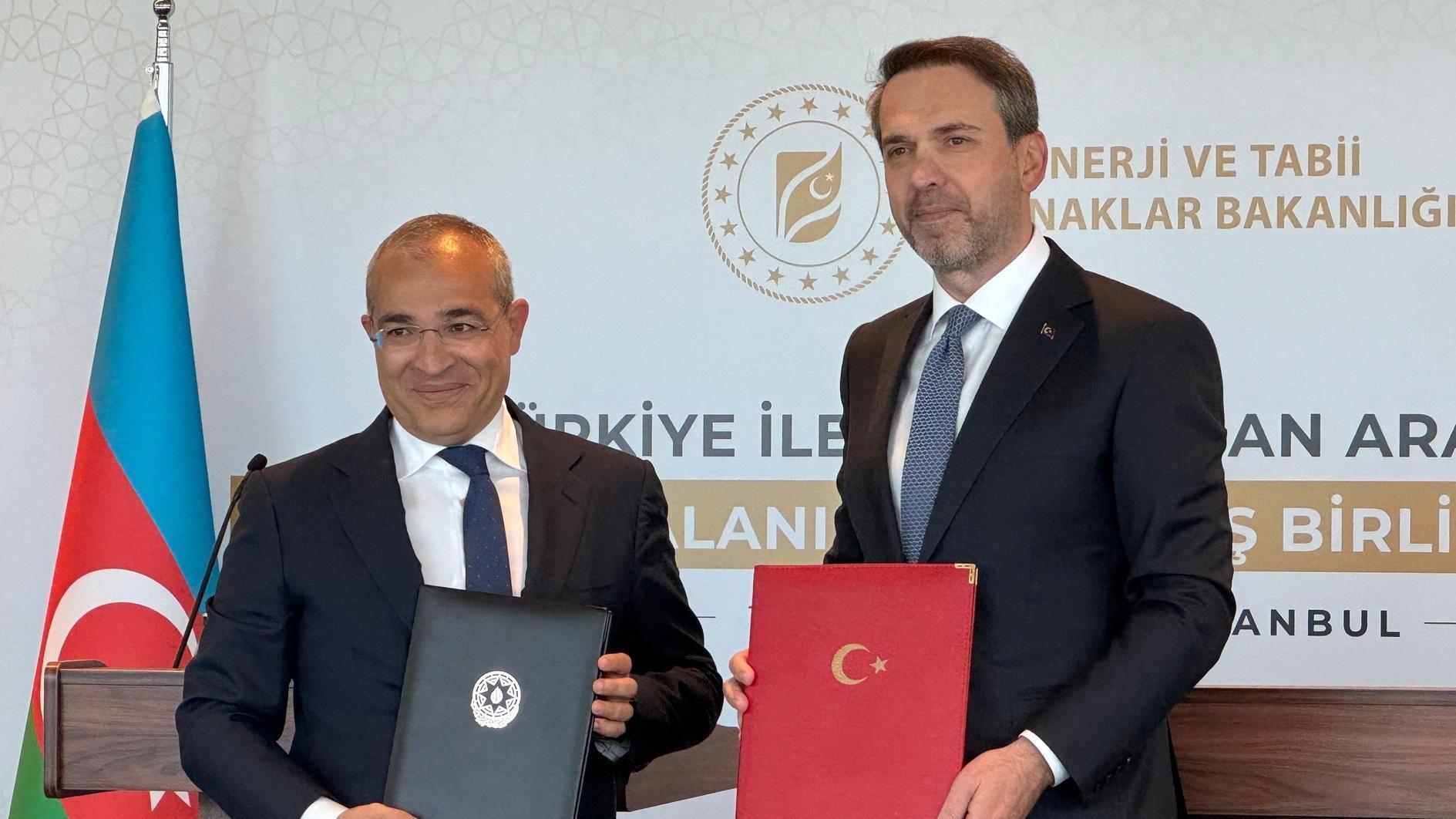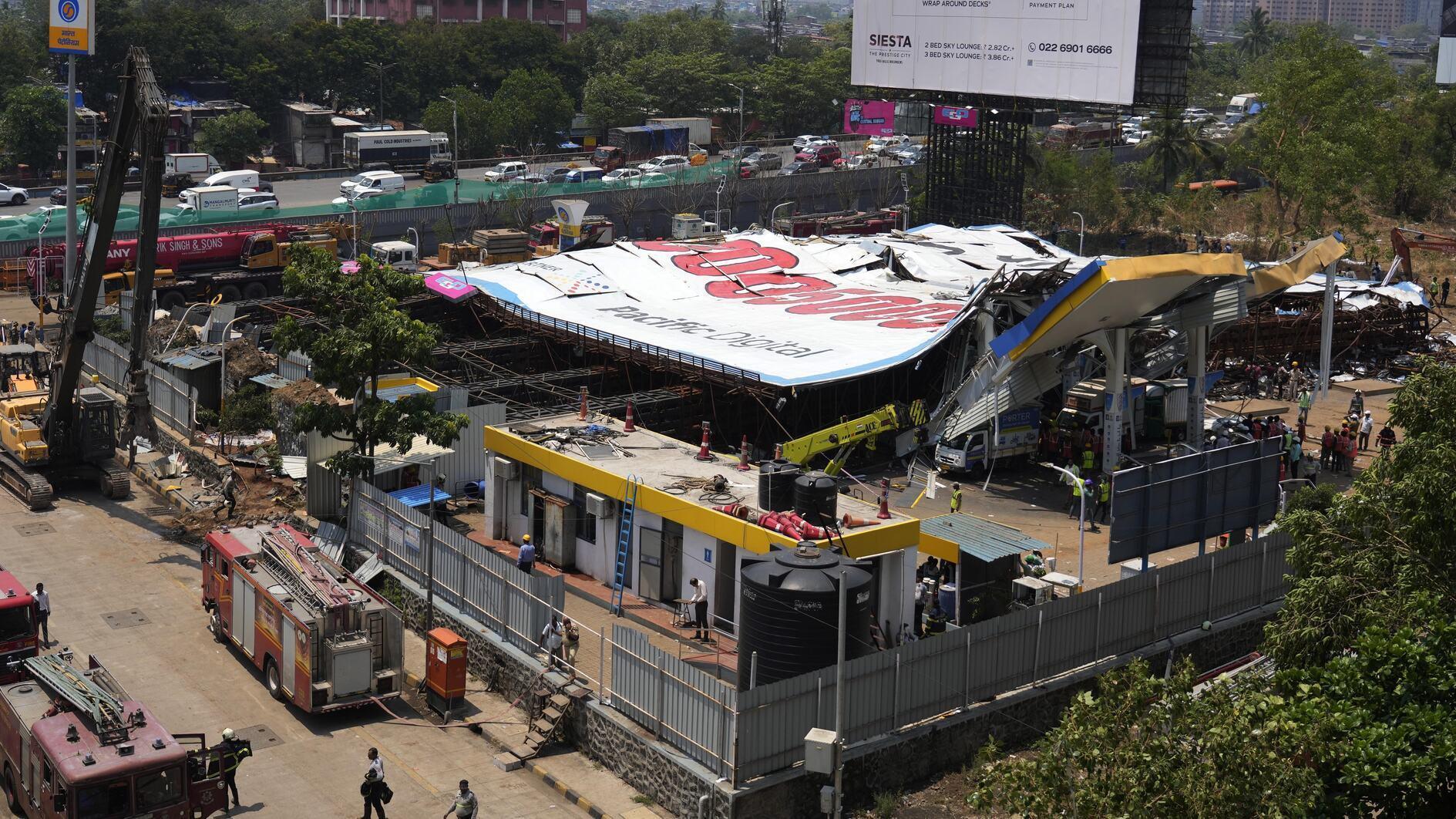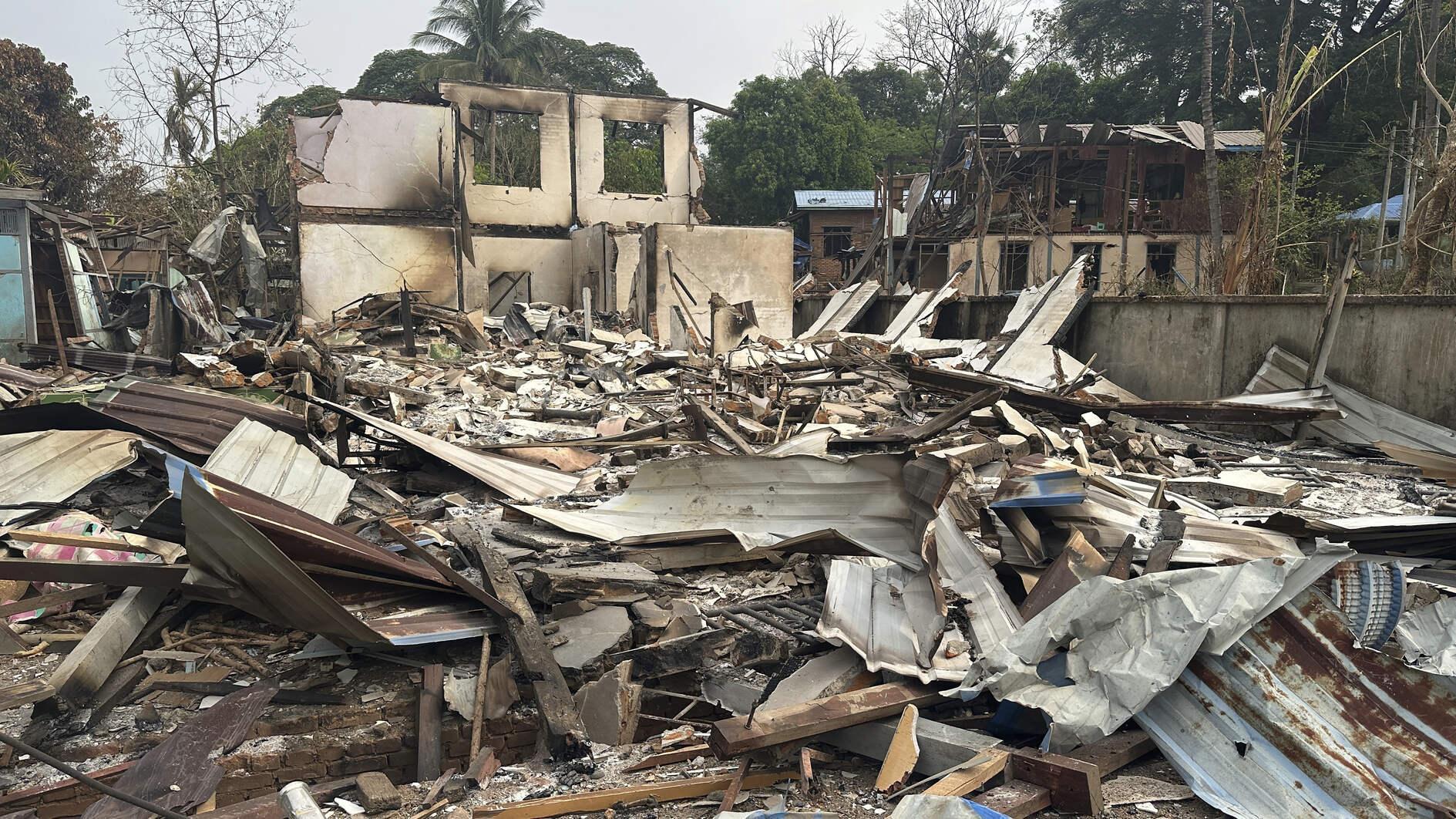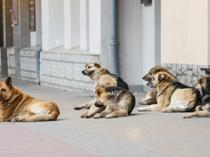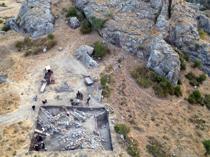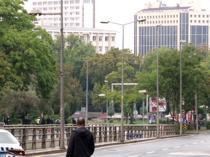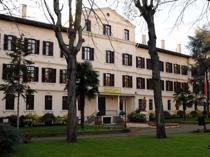Int’l endeavor completes plans for Hatay revitalization project
HATAY
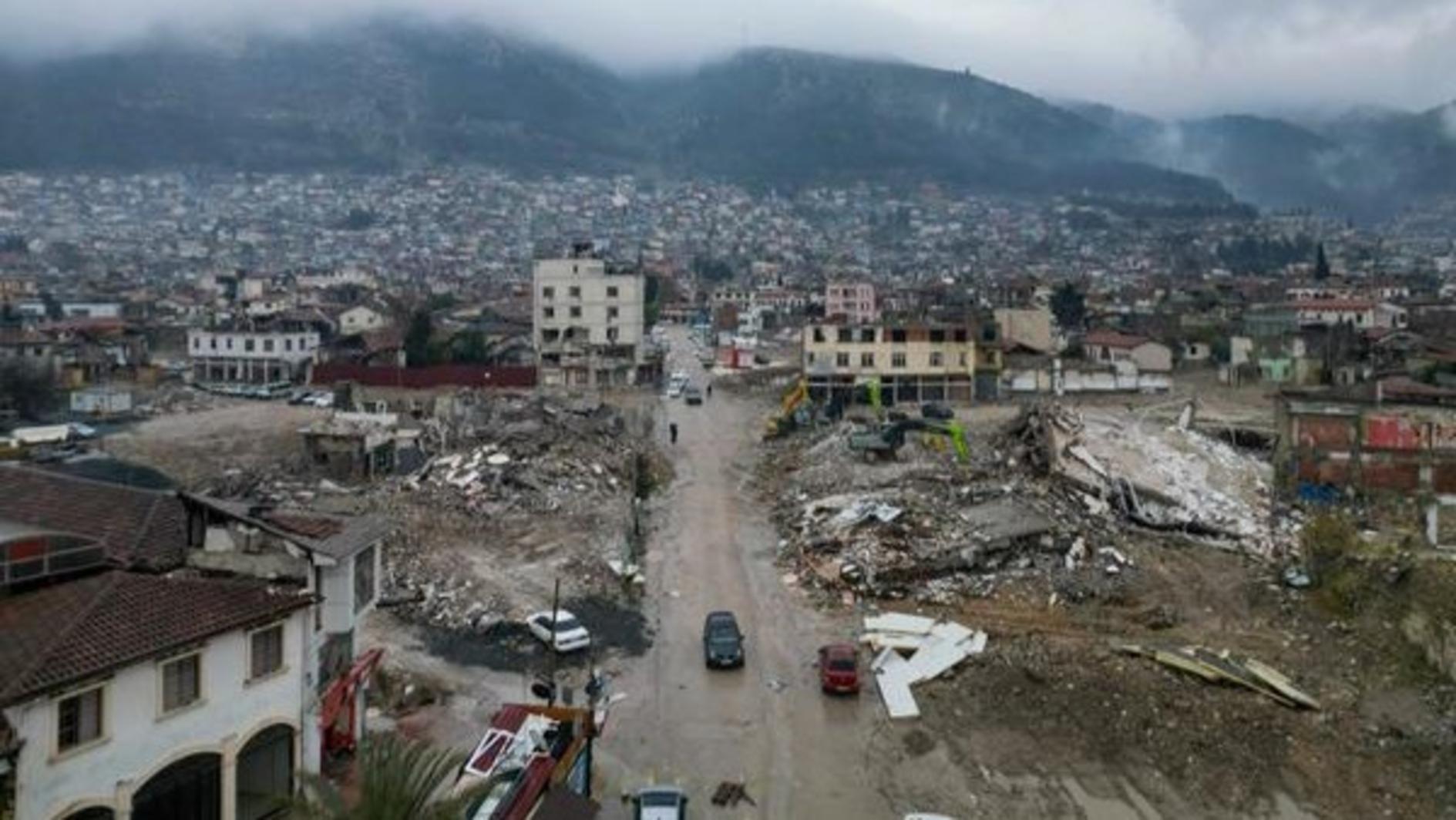
An international team of experts from various disciplines has completed a project on the revitalization of the southern province of Hatay, which received major damage in the earthquakes on Feb. 6, 2023 that killed more than 53,000 people.
In the aftermath of the devastating earthquakes that struck Türkiye’s south, leaving behind a trail of destruction in 11 cities, the “Hatay revitalization project” has been launched under the auspices of the Türkiye Design Council, with over 40 architectural firms and hundreds of architects volunteering their expertise.
The city experienced the most severe damage in the Kahramanmaraş-centered quakes as nearly half of the buildings either collapsed or were severely damaged in the province.
The project aims to not only reconstruct but also enhance the city’s infrastructure and amenities, focusing on green area expansion, health care, education, trade, religious and social reinforcement zones.
Through collaborative efforts with the Environment, Urbanization and Climate Change Ministry and the Culture and Tourism Ministry, the project is set to transform Hatay into a resilient and vibrant city.
Over the course of nine months, 29 specialized meetings were convened, particularly focusing on the historical area of the city.
Hatay Governor Mustafa Masatlı, Türkiye Design Council founder Mehmet Kalyoncu, local and foreign architects, urban planners and art historians delivered speeches during the meeting in which the project’s vision was unveiled.
The new Hatay, slated to be completed in two-and-a-half years, with historical and conservation studies informing the restoration of the old city, which is home to many civilizations and known for its historical texture and cultural heritage.
Kalyoncu emphasized the project’s commitment to honoring Hatay’s heritage while embracing innovative urban planning solutions. “After such devastation, it is necessary to do things differently within urbanism,” he remarked.
“We closed stream beds to settlements and opened them to green areas. We preserved squares, streets and the memory of the past. We made a design that will also respond to future needs.”
“A process that is in line with shaping the history of urbanism in our country has been written. The resulting plan preserves Hatay's culture, memories and desire to live together.”
“I believe it will shed light on the future of urbanism in Türkiye, especially in Istanbul, which is at risk of earthquakes,” Kalyoncu said.
Bruno Moser, head of the urban design team, further elucidated the project’s approach.
“In addition to earthquake resilience, we thought about what kind of economy the new Hatay would have,” he explained. “The people of Hatay need to return to the city, and it needs to have a vibrant economy.”




